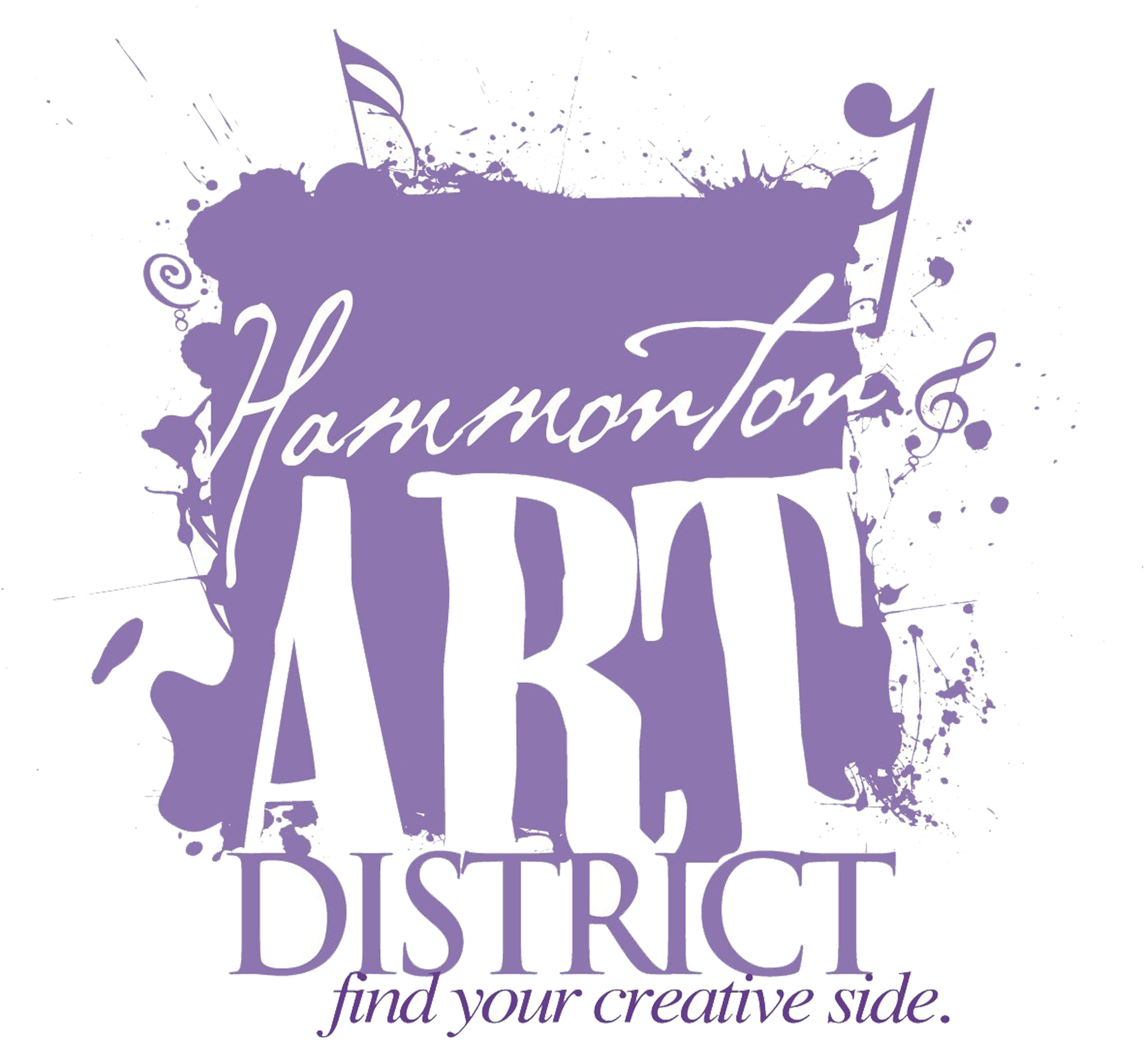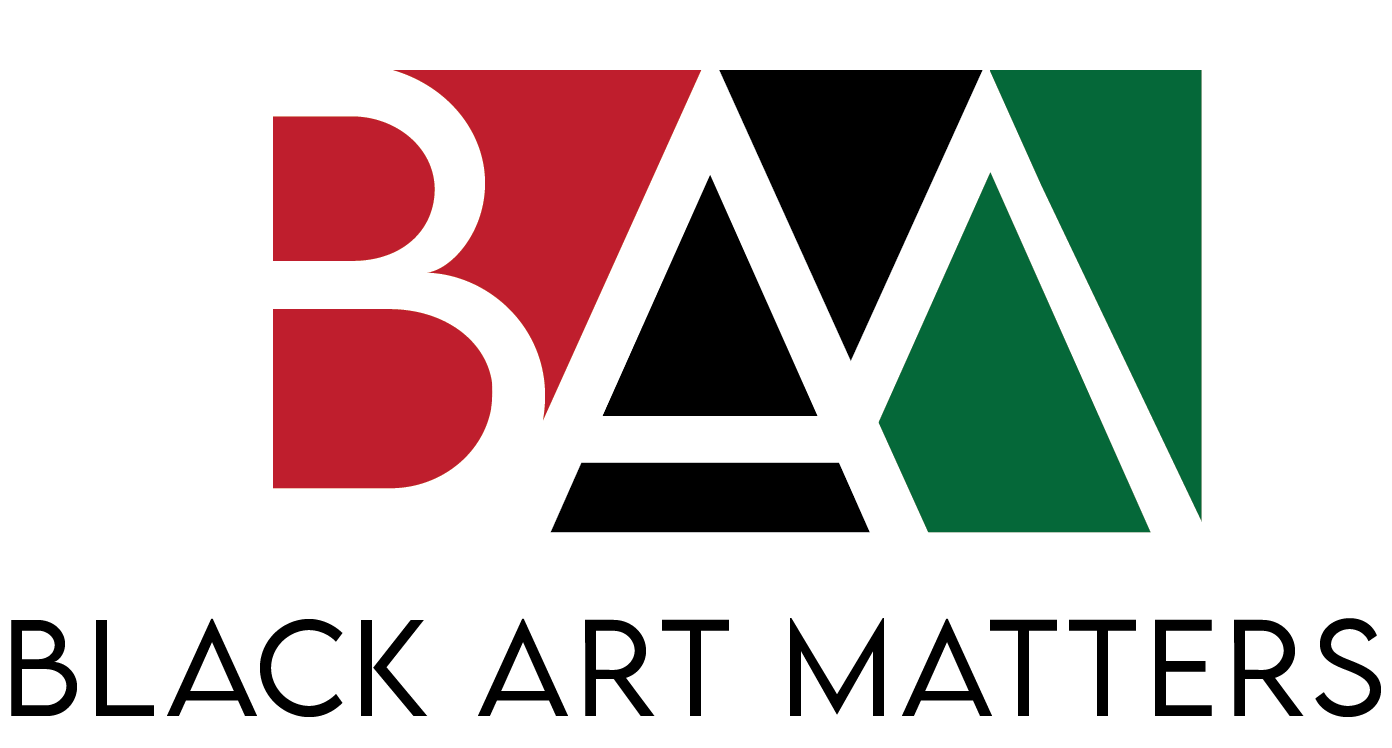Robert Roesch
Philadelphia, USA
About the Artist
Robert Roesch was born in New York State, lives in Philadelphia Pennsylvania, and works in a studio in the New Jersey Pinelands. He is one of the eight members of the Philadelphia Art and Architecture Commission. Roesch and his partner, Suzanne Horvitz, were Cultural Advisors to the US Embassies in Azerbaijan, Egypt, Syria, Argentina, Ecuador, and Myanmar. He is Chair of Sculpture at Pennsylvania Academy of Fine Arts, is in numerous museum collections and has been in solo exhibitions internationally. Roesch has received over fifteen grants including three Fulbright Specialist Awards. Horvitz and Roesch exhibited in and curated the US pavilion of the 2009 Baku Biennial and the 2009 Artist Book Exhibition in Bibliotheca Alexandrina. He represented USA in the 13th Cairo Biennale in 2019. His twenty-five large public sculptures including the Gateway to Wichita KS, the entrance to Texas A & M, three large public artworks in China. He is currently working on a body of work in the form of digital prints and 3D printed Architectural sculptures.
Artist Statement
BRUTALIST PLATFORMS FOR QUIET CONTEMPLATION
“For the past fifty years I have produced work in the post-modernist tradition, attempting to create beautiful shapes, and a movement that sends the mind flying. Not long ago, an instant of clarity came over me, and I found myself enveloped in the Brutalist movement. The architectural structures I was looking at were calling to me, asking, “How can these powerful images become a part of me, and by extension, a part of my work?"
I found myself making drawings and building 3D-printed models of places that seemed to me to be safe, quiet, and protected from the ravages of the world we live in. “Eyes eastbound”, the title of the 13th Cairo Biennale, strikes this strong image in my mind - an image of all humanity aligned facing east and thereby sharing a commonality and unity. Perhaps my platforms could be seen as starting points, helping us to reach our inner humanity and then, facing east, find common ground.
Brutalist thinking came out of the destruction of war, and holds a strong sense of form & function. There was a need to rebuild cities destroyed as a result of the last world war. What better material than poured concrete, and what greater inspiration than citizens working toward one common goal. To me, Brutalist thinking is an example of the resiliency of human beings. An instance of our desire to make things right, our desire to survive on this planet.
My new work can be identified by heavy, poured concrete slabs becoming floors and walls, and polished stainless steel or polychromed material turned into slender spires. The spires are a form I’ve used for years in my work containing a deep and endless meaning. They are much like trees, and leave behind the mark of man’s intervention on nature. My spires are architectural icons; they bring rest to my fragmented soul. Stairways leading to no place in particular, excite me. They give my artwork scale, contrasting insignificant humans coping with the grandness of the structure they occupy. This structure is so directly imposing that the everydayness of our lives disappears into the structure that consumes us.” - Robert Roesch












